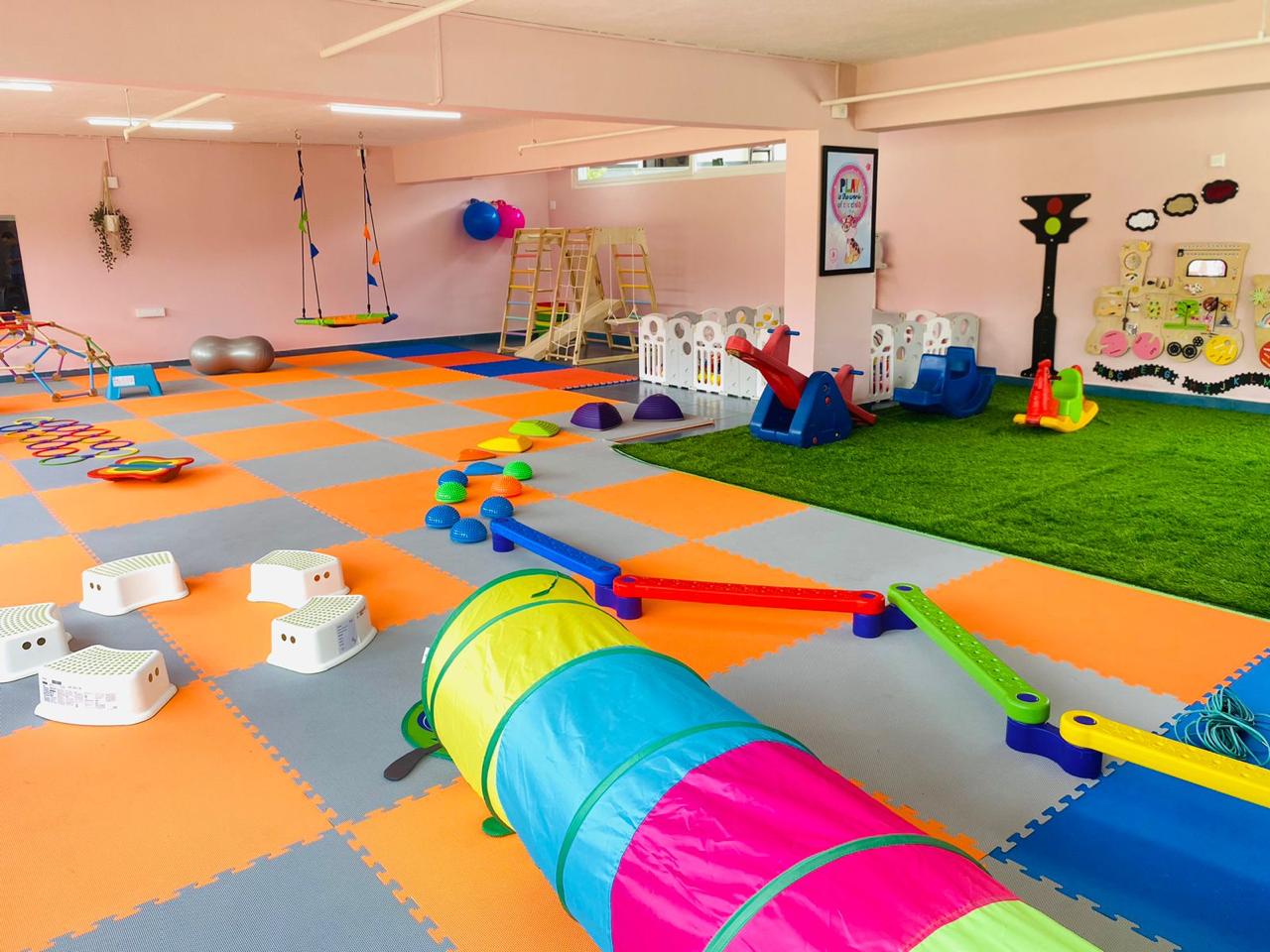
Occupational Therapist
Case Studies: Success Stories from Schools Using Sensory Parks
At Amri Haber, we take pride in the transformative impact our sensory parks have on educational environments. These case studies highlight schools that have successfully implemented sensory parks, showcasing the remarkable outcomes and benefits of sensory-rich environments in child development.

Case Study 1: St. Mary’s Elementary School
Background: St. Mary’s Elementary School sought to create a more engaging and supportive environment for its diverse student body. The school was particularly interested in developing a space that would aid in early detection of developmental issues and support sensory processing.
Implementation: Amri Haber designed and installed a comprehensive sensory park tailored to the school's needs. The park included tactile pathways, interactive panels, and calming soundscapes.
Outcomes:
- Enhanced Student Engagement: Students showed increased enthusiasm and participation in learning activities.
- Improved Developmental Assessment: Early detection tools integrated into the park allowed for prompt identification and intervention of sensory processing disorders.
- Positive Feedback from Educators: Teachers reported significant improvements in students' emotional regulation and social interactions.
Case Study 2: Bright Futures Academy
Background: Bright Futures Academy aimed to integrate sensory play into its curriculum to foster better learning outcomes and support students with special needs.
Implementation: The sensory park at Bright Futures Academy featured a variety of sensory stations, including sensory tables and calming zones. Amri Haber worked closely with the academy to ensure the design met their specific educational goals.
Outcomes:
- Enhanced Learning Environment: The sensory park created a stimulating and supportive space that complemented the academy's educational programs.
- Increased Social Skills: Students, especially those with special needs, demonstrated improved social skills and communication.
- Staff Development: Comprehensive training provided to staff enabled effective use of the sensory park, enhancing its overall impact.
Case Study 3: Greenwood Primary School
Background: Greenwood Primary School needed a solution to address the growing concerns of sensory processing issues among its students and provide a space for inclusive education.
Implementation: The sensory park was designed with a focus on inclusivity, featuring elements that catered to a wide range of sensory needs. The park included interactive installations and sensory-rich play areas.
Outcomes:
- Improved Inclusivity: The park provided an inclusive space that met the needs of all students, including those with sensory processing disorders.
- Positive Behavioral Change: Teachers observed reductions in behavioral issues and improvements in student focus and engagement.
- Successful Integration: The sensory park seamlessly integrated into the school's curriculum, enhancing both educational and developmental outcomes.
Case Study 4: Hillside Preparatory School
Background: Hillside Preparatory School sought to enhance its facilities with a sensory park that would support early childhood development and provide a therapeutic environment for students.
Implementation: Amri Haber created a sensory park with a range of interactive and sensory elements, including sensory gardens and interactive play zones.
Outcomes:
- Therapeutic Benefits: The sensory park provided a calming environment that supported emotional and behavioral regulation.
- Early Detection Benefits: The park’s design included tools for observing and assessing developmental issues, leading to timely interventions.
- Increased Student Well-Being: Students exhibited greater overall well-being and improved interactions with peers and teachers.
Case Study 5: Riverdale International School
Background: Riverdale International School aimed to create a dynamic learning environment that supported diverse learning needs and early detection of developmental issues.
Implementation: The sensory park featured a combination of sensory-rich play elements and educational installations designed to engage students across various developmental stages.
Outcomes:
- Enhanced Engagement: Students demonstrated increased interest and engagement in learning activities.
- Early Intervention Success: The park facilitated early identification and intervention of developmental concerns, improving student outcomes.
- Positive School Culture: The sensory park contributed to a positive and inclusive school culture, benefiting both students and staff.






